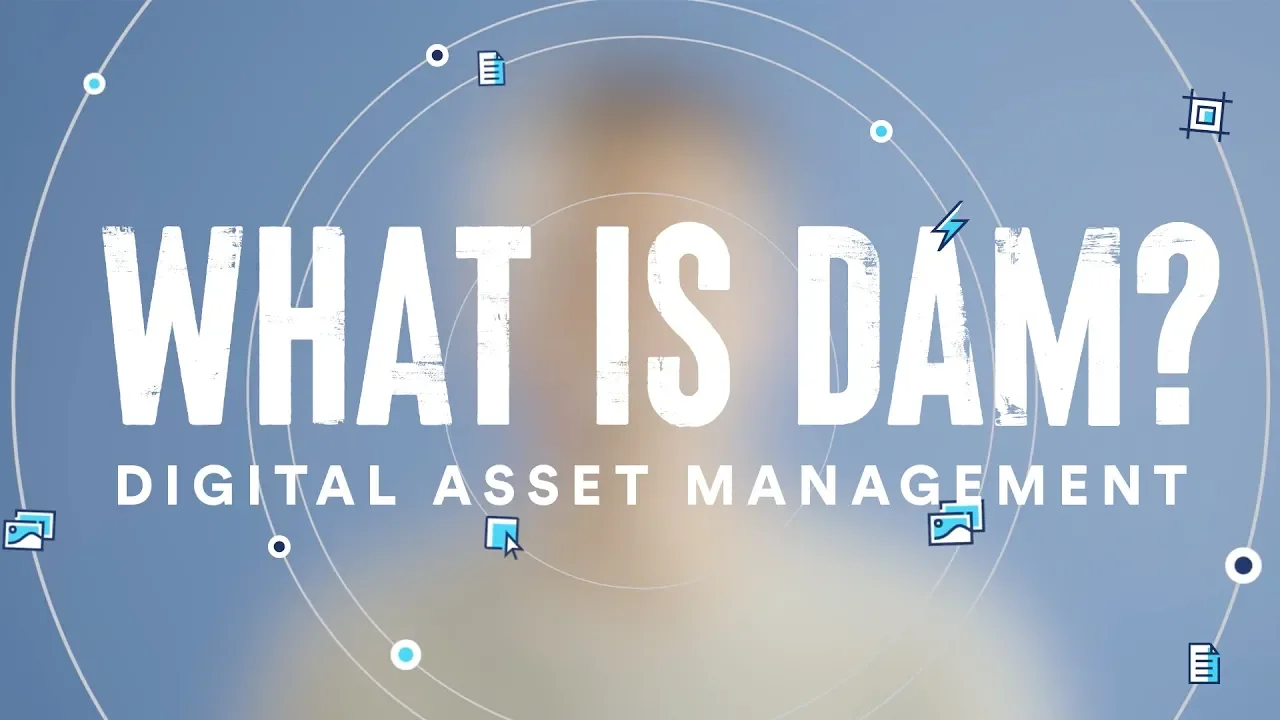Our treasures no longer just occupy physical space. Photographs, videos, important documents, and even our music collections have all transitioned into bytes and pixels, taking residence in the vast expanse of the cloud. Embracing this as a storage solution isn’t just a matter of convenience; it’s becoming a necessity. With the right strategies, you can ensure your digital valuables are not just stored, but also managed, protected, and easily accessible for the years to come.
Whether you’re a professional managing extensive digital assets or an individual safeguarding precious memories, understanding how to effectively store and manage your digital treasures in the cloud is essential. Let’s explore the various facets of this kind of storage and digital asset management, providing you with insights and tools to secure your digital legacy.
Understanding Cloud Storage: A Virtual Safe for Your Assets

Cloud storage operates by storing data on remote servers, which can be accessed from the internet, acting as virtual safes for your digital assets. Imagine being able to carry an invisible vault with you at all times, one that can be opened from any device with an internet connection. This is the convenience it offers.
The beauty of cloud storage lies in its scalability and flexibility. You can start with just a few gigabytes for your most cherished photos and scale up to terabytes for business use, all without the hassle of physical hardware. Plus, with advanced encryption and security protocols in place, cloud storage providers ensure that your digital treasures are kept confidential and protected from unauthorized access.
The Economics
One might assume that storing a vast array of digital files could be expensive. However, cloud storage is a surprisingly cost-effective solution. Most providers operate on a subscription-based model, offering various tiers of storage capacity at different price points to suit individual needs and budgets.
This pay-as-you-go approach means you only pay for what you need, making it an affordable option for both personal users and businesses. Additionally, since the cloud eliminates the need for physical storage devices, you save on potential hardware costs and the maintenance that comes with it. The economic flexibility of cloud storage allows you to adjust your plan as your storage needs evolve, ensuring you’re not overspending on unnecessary space.
Cybersecurity Measures for Your Data

The shift to cloud storage brings with it a critical concern: cybersecurity. Protecting your digital treasures is non-negotiable, and cloud services have risen to the challenge with a range of security measures. However, it’s a shared responsibility. Understanding the encryption levels offered, two-factor authentication, and the service provider’s compliance with global security standards should be on your checklist.
On your end, maintaining strong password hygiene, being aware of phishing scams, and ensuring your local devices are secure contribute significantly to the safety of your cloud data. It’s also advisable to look into providers that offer additional security features like zero-knowledge encryption, where only you have access to your data’s encryption keys, ensuring privacy and security.
Automating Your Backups

One of the most significant advantages of using cloud storage is the ability to automate backups. The days of manual transfers and backup reminders are behind us. By setting up automated backups, you can rest assured that your data is continuously updated in the cloud without any extra effort on your part.
This not only provides peace of mind but also ensures data integrity and version control. Most cloud storage services offer customizable backup options, so you can choose what gets backed up and when. For businesses, this means critical data is always current and recoverable, which is invaluable in the case of accidental deletions or data loss due to system failures.
Accessing Your Assets
Access to data anytime and anywhere is not just a luxury, it’s expected. Cloud storage shines brightly in this arena, offering unparalleled mobility and flexibility. Whether you are on a remote island or in the comfort of your home office, your digital assets are just a few clicks away. This seamless access is empowering for professionals who can continue their work unhindered by location constraints, and for individuals who wish to share their life’s moments in real-time.
The ability to sync your files across multiple devices ensures that the latest version of a document is always at hand. Cloud storage is compatible with a vast ecosystem of apps and services, which means you can move between tasks and platforms effortlessly. This flexibility enhances productivity and allows for a more agile response to both personal and business demands.
The Role of AI in Cloud Storage Management

Artificial intelligence (AI) is revolutionizing the way we manage and interact with our data in the cloud. AI-powered tools are making cloud storage smarter by automating tasks such as data categorization, image and speech recognition, and even predictive analysis to suggest which files you’re likely to need next. This technology is not just a neat add-on; it’s rapidly becoming integral to the cloud storage experience, providing insights and efficiencies that were previously unattainable.
For businesses, AI-driven cloud services can provide analytics that can help in understanding customer behaviors and preferences, thereby improving service delivery and decision-making processes. On a personal level, AI can help organize photos by identifying faces and places, making searching through thousands of images a thing of the past. As AI continues to evolve, its integration with cloud storage will only deepen, making our interactions with digital assets more intuitive and intelligent.
Cloud-Based Digital Asset Management

Digital Asset Management (DAM) in the cloud is like having a hyper-organized digital librarian at your disposal. It goes beyond mere storage; it’s about the efficient management, retrieval, and distribution of your digital assets. For businesses, in particular, cloud based digital asset management systems are indispensable tools that streamline workflows by allowing team members to quickly find the right files through metadata, tags, and categorization.
Think of a cloud-based DAM as your central hub for all digital resources – marketing materials, sales collateral, video content, images, and more. This hub ensures brand consistency across multiple platforms and makes repurposing content a breeze. With features like version control and access management, it also enhances collaboration while keeping a tight rein on who can modify or distribute your digital assets.
